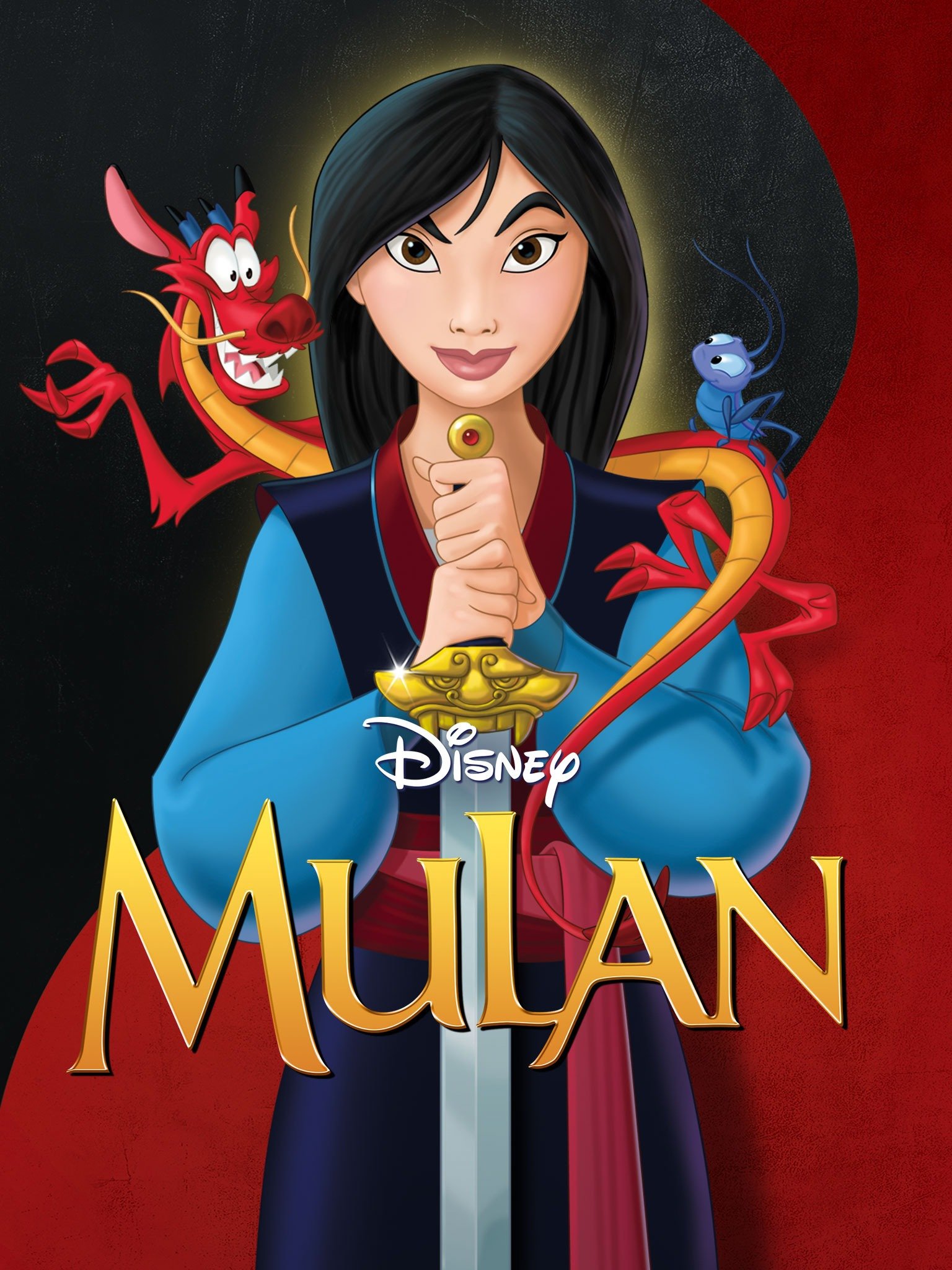Mulan's Mixed Messages
Disney's film drags Chinese civilization through the mud
(Cheng-Feng Zun)
I have to start by pointing out that I recently watched the Disney movie Mulan (not the animated version) and for that reason, I've decided to select this chapter of the book to read and to share. Here there are different positive points about this film that are presented at the beginning. A Taiwanese man, Chen-Yi Chang, was the designer of the character. This film highlight the beauty of Mulan (neither seductive nor voluptuous) as the authors present. Another characteristic of this character "who is emotionally and physically strong and does not wait around for Prince Charming to save her" (p. 106).
On the other hand, the authors describe this movie as "the most oppressive, rigid, and sexist culture in the world of Disney's animated children's movies" (p. 106). There is a difference between what the traditional Chinese legend says to what Disney's version presents. For example, in the Chinese legend, Mulan is a productive woman with her won place and job vs. in Disney's version she is pressured to marry.. According to the authors, matchmaking is something that is done privately between families. To be the "perfect match" Mulan needs to "show beauty, obedience, and quietness" (p. 107). These are the characteristics that are valued in a woman in this version. Mulan also suffers blatant sexism. Enethoug she is a great warrior and she saved Captain Shang's life, it wasn't enough for her to get credit just because she is a woman. Once everyone discovered her real identity nothing was the same for her. At the end of the movie, Mulan returns home, and despite her is a hero at the end, this doesn't "diminish or redeem Disney's depiction of China's sexism toward all women" (p. 108).One way I connect what I read in this chapter with my professional practice is on the importance of valuing and respecting my student's cultures and identities. It is very important that our students feel valued and respected in our schools and classrooms. It is also important to take the time to get to know our students (as Welsh presented in previous Tedtalks) and this includes their culture and identity..
Marshall, E., Sensoy, O. (2nd. ed.). (2016). Rethinking Popular Culture and Media: Mulan's Mixed Messages. (pp. 106-108). Rethinking Schools Ltd.
Images:


Yes, absolutely Elsie! Great points. I know that in one of my last social work classes we discussed the profession's shift from thinking of it in terms of "cultural competence" to "humility" instead. I agree with what you say here about respecting the individual's uniqueness, layered identities and culture(s). Thanks, Alexis
ReplyDelete